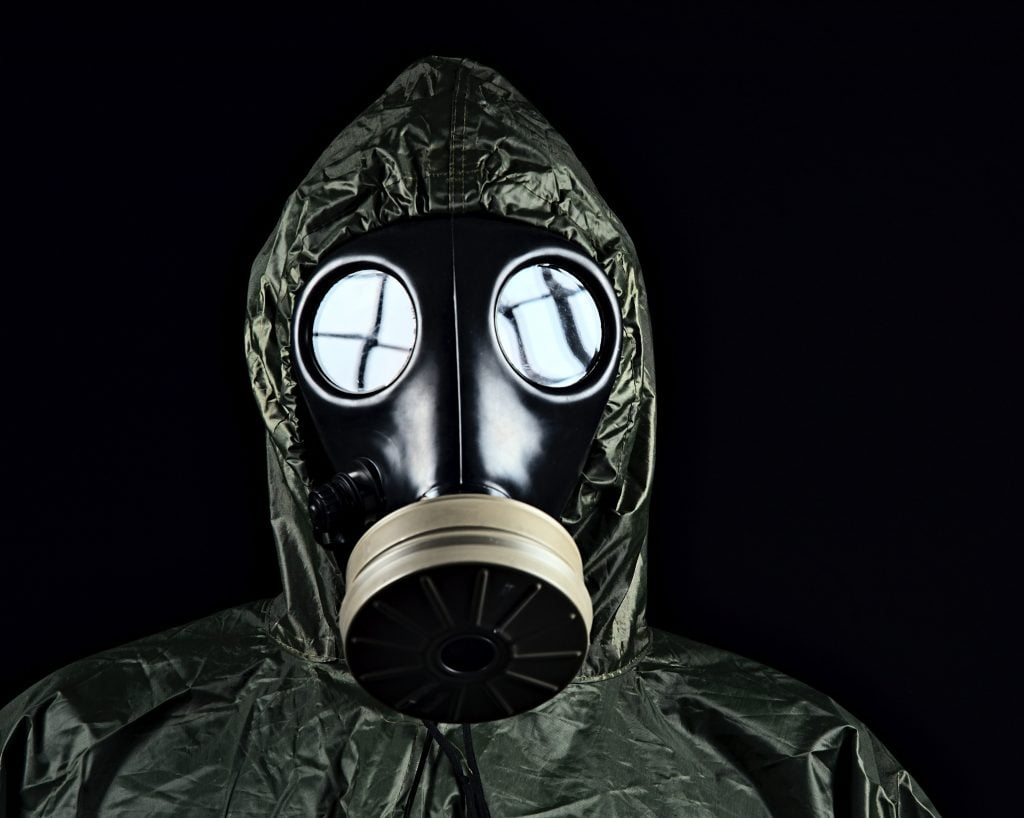There is a strong suspicion of the use of white phosphorus in Tigray conflict, Ethiopia.

The telegraph has communicated a very worrying piece of information in the last days since local sources claimed that several victims in central Tigray presented concerning wounds, particular kinds of wounds that suggest the use of chemical weapons.
Images and testimonials clarify a dramatic reality taking place in the last weeks of the conflict, experts claim that these horrifying wounds would be the result of the use of white phosphorus in Tigray conflict.
The UN condemns the use of these chemical weapons since they are a violation of several aspect of international law such as the joint Declaration on the Complete Prohibition of Chemical Weapons (New Delhi, 1992).
Local sources are difficult to evaluate since some of the footage you will see in the current weeks seem to be referring to attacks regarding at least last month. Censorship on the topic is at the highest stage now ant the truth is very difficult to obtain. It is only thanks to the dedicated attention by THE TELEGRAPH that this story is gradually coming to light.
The Ethiopian government denies the use of white phosphorus in Tigray conflict, releasing this statement dated may the 23rd.
“ETHIOPIA HAS NOT EMPLOYED AND WILL NEVER USE SUCH BANNED MUNITIONS BECAUSE IT TAKES ITS INTERNATIONAL OBLIGATIONS UNDER THE CHEMICAL WEAPONS CONVENTION EXTREMELY SERIOUSLY.”
READ MORE – CLICK HERE
A focus on white phosphorus:
What is white phosphorus? Why it cannot be a weapon?
The research of Human Rights Watch (HRW) is entitled: “They burn everything. the human cost of incendiary weapons and the limits of international law”. It is the report of Human Rights Watch published in collaboration with the International Human Rights Clinic of Harward Law School. The document deals with the dramatic issue of chemical and incendiary weapons, physical, psychological and economic damage suffered by the victims, and calls for the revision of the international treaties governing their use.
The indelible marks on the body: Incendiary weapons function with a chemical reaction of highly flammable substances and generate large amounts of heat and fire. In the human body, they cause deep burns, damage to internal organs, as well as respiratory damage, infections, and shock. And these are just the short-term effects. In the long term, we are talking about motor disability, psychological trauma, social exclusion, and very painful medical care. “These weapons are capable of burning everything, they pass through metal. Imagine what I can do to a human body,” says Dr. Rola Hallam, active in Syria.
The psychological effects of incendiary weapons. Not only the body but also the mind of the victims suffer indelible damage. The most common disorders include anxiety, depression, post-traumatic stress disorder, loneliness, and social exclusion. “The anxiety of having to undergo painful treatment, for years, without fully regaining physical shape, wears out the mental health of patients,” explains Dr. Stephanie Nitzschke, a surgeon at the women’s hospital in Brigham.
For now, the use of such incendiary weapons in Tigray is only alleged. The UN has urgently asked for a deep inquiry regarding the dramatic event.
Will the truth come to light?
for Insider Release
Do you want to tell us something?
Contact:
DISCLAIMER
INSIDER RELEASE is an informative blog. Various topics are discussed. Ideas and concepts, although based on research from official sources, are the result of free evaluations by the writers. The BLOG, in full compliance with the principles of information and freedom, is not classified as a press site









More Stories
Chinese Underground Cities: History, Uses, and Future Prospects
The Evolving Role of Private Military Companies in African Conflicts
Geopolitical Dynamics February 2024